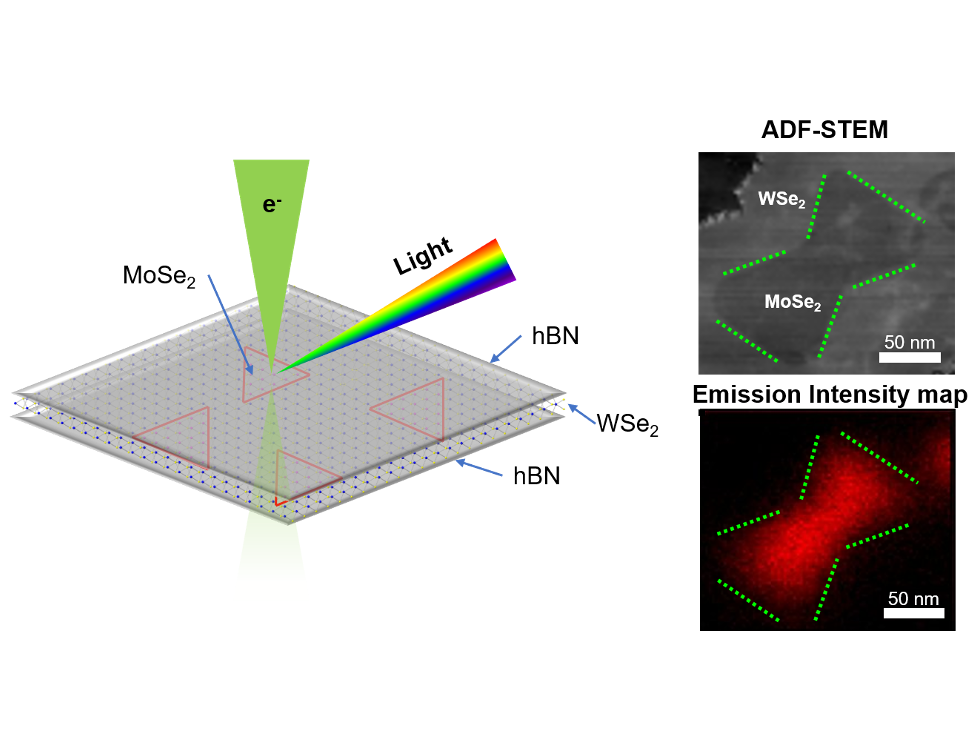
STEM tagged posts


Credit: Image courtesy of the authors
Researchers have produced coherent single photon emitters, a key component for future quantum computers and communications systems. The study, which involves using a family of materials known as perovskites to make light-emitting particles called quantum dots, appears today in the journal Science. The paper is by MIT graduate student in chemistry Hendrik Utzat, professor of chemistry Moungi Bawendi, and nine others at MIT and at ETH in Zurich, Switzerland.
The ability to produce individual photons with...
Read More






Recent Comments